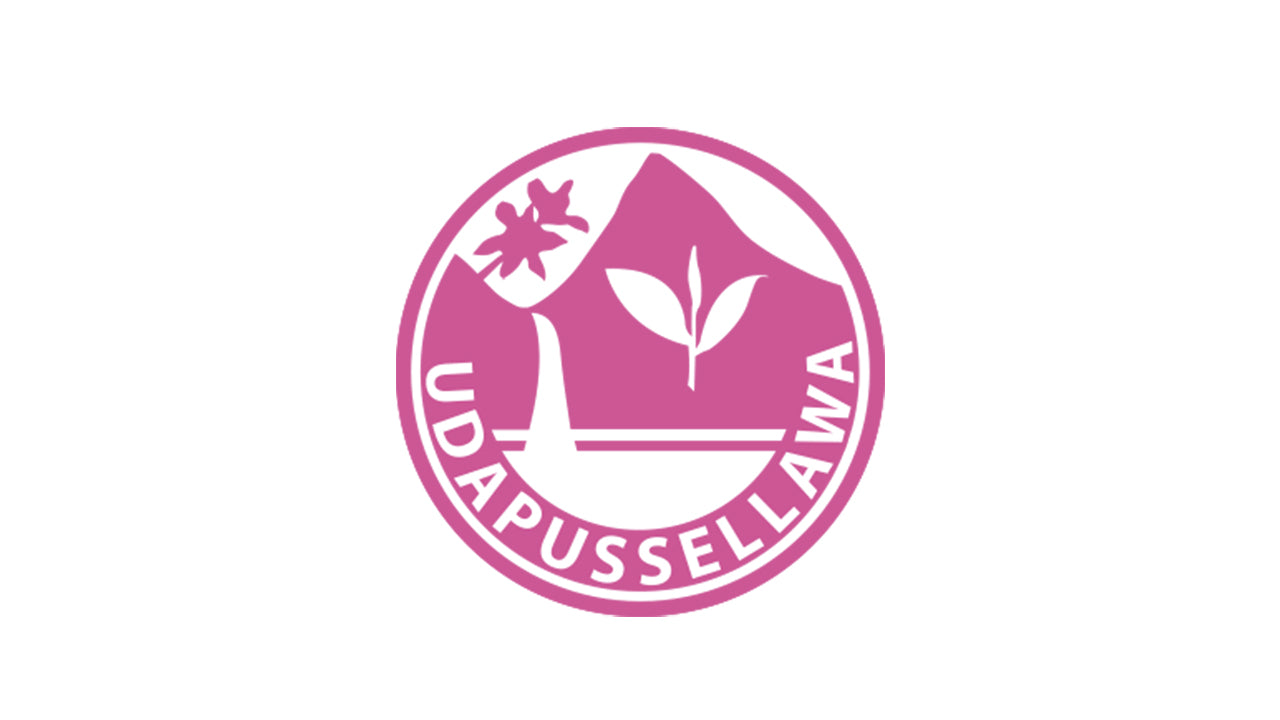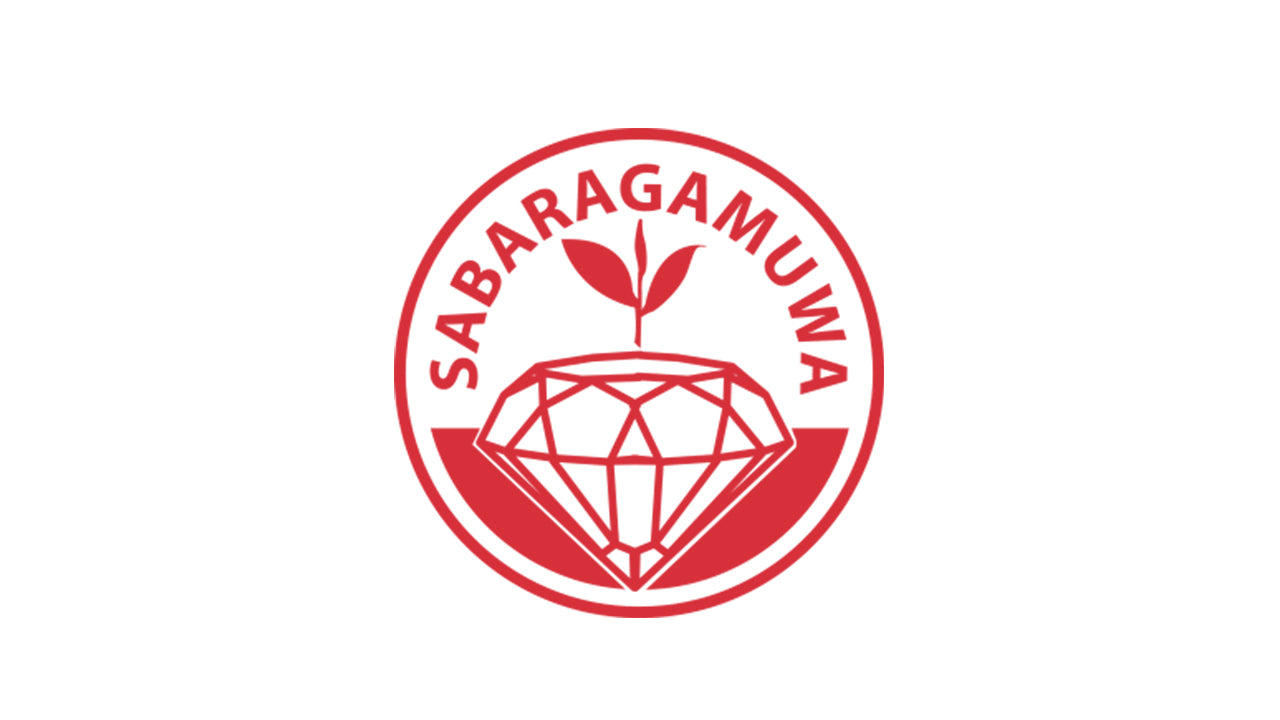
Régions du thé Ceylan
L'infusion dans votre tasse a une histoire à raconter. Il parle de collines vallonnées, d'un soleil abondant et de provinces luxuriantes.
Au Sri Lanka, les provinces du centre et du sud produisent la majeure partie de son thé. Les différentes altitudes et microclimats influencent la saveur, la couleur, l'arôme et la saisonnalité distinctifs du thé de Ceylan.
Basse campagne (jusqu'à 2000 pieds au-dessus du niveau de la mer)
Les régions de Ruhuna et de Sabaragamuwa sont connues pour leur thé à longues feuilles. Lorsque le thé de cette région est infusé, vous obtenez une tasse de thé de couleur bordeaux avec une saveur de caramel et de malt. Ce thé noir est populaire au Moyen-Orient, dans les pays de la CEI et au Royaume-Uni.
Mid-country (2 000 pieds ~ 4 000 pieds au-dessus du niveau de la mer)
Le thé des collines brumeuses de Kandy est connu pour sa saveur corsée et sa teinte cuivrée. C'est l'un des préférés des Australiens et des Américains.
Haut pays (au-dessus de 4 000 pieds du niveau de la mer)
Les hauts plateaux de l'est d'Uva sont connus dans le monde entier pour leur intense piquant et leur arôme rafraîchissant.) Les conditions microclimatiques propres à Uva permettent aux propriétaires de domaines d'expérimenter la culture de nouveaux types de thé.
Il existe trois autres provinces de haute altitude au Sri Lanka, Nuwara Eliya, Dimbula et Uda Pussellawa. Si vous aimez les thés aromatiques au caractère moelleux, vous allez adorer le thé d'ici.
-
 Uda Pussellawa Tea
Uda Pussellawa TeaThis region is twice blessed. It’s blessed during the months of June and September when the southwest monsoon arrives; a cold and dry spell to spur the tea bush to sprout the leaves that will produce a medium-bodied rosy tea graced with subtle character. Then it’s blessed again between November and January when the northeast monsoon’s yearly visitation brings rain in its wake and makes the tea darker in colour and stronger in flavour, adding more tang.
-
 Dimbula Tea
Dimbula TeaIt is cool and dry between December and March and then the heavens open up to send in the rains between May and September. Two different climates within each year dictate Dimbula’s tea produce; a host of natural flavours with a hint of jasmine spiced with cypress. The tea when brewed displays a hue of a reddish, golden orange. And when tasted, it’s surprising to find a taste refreshingly mellow. Defined as ‘high grown’ tea, it is probably, the most famous Ceylon Tea of all.
-
 Uva Tea
Uva TeaIt’s the climate that makes Uva tea highly prized. The mountainous terrain is exposed to both monsoon seasons; the annual northeast and the southwest monsoons.
But when the winds reach these climes and howl around its high towers, they blow bereft of moisture – a spent force which had discharged its water content in the hills below.
The dryness gives Uva tea a special concentrated aroma and a distinct exotic flavour.
-
 Nuwara Eliya Tea
Nuwara Eliya TeaFrom the mist wrapped mountains of Nuwara Eliya that rise from the centre of the island to soar over 6000 feet above sea level, where the morning air is cool and bracing and the nights cold and touched with frost, come the lightest and the most refined. Nuwara Eliya is the champagne province of the country’s tea lands with best imbibed light.
-
 Sabaragamuwa Tea
Sabaragamuwa TeaIt’s not only in the mountains that Ceylon Tea brews best. The region of Sabaragamuwa, geographically placed at a lower elevation, musters a tea that is second to none. The climate which is hot and humid in the open air and moist and cool where the surrounding foliage is dense, serve to produce a dry tea leaf of a dark reddish black hue.
-
 Ruhuna Tea
Ruhuna TeaRained on by the southwest monsoon, warmed by the tropic sun, the island’s low lying area’s tea have continuously showed their colours by producing leaves with a distinct blackness which imparts a strong and rich taste to rival the best the rest of Lanka can offer. From the south comes a tea full-bodied in its timbre with its flavour vibrant and strong.
-
 Kandy Tea
Kandy TeaThis mid country tea grown at 2,000 to 4,000 feet above sea level produces robust, full-bodied teas. Ideal for those who love their tea strong, bursting with flavour: the perfect wake-up tea for winter mornings, or when the heart needs a perky sprint.







